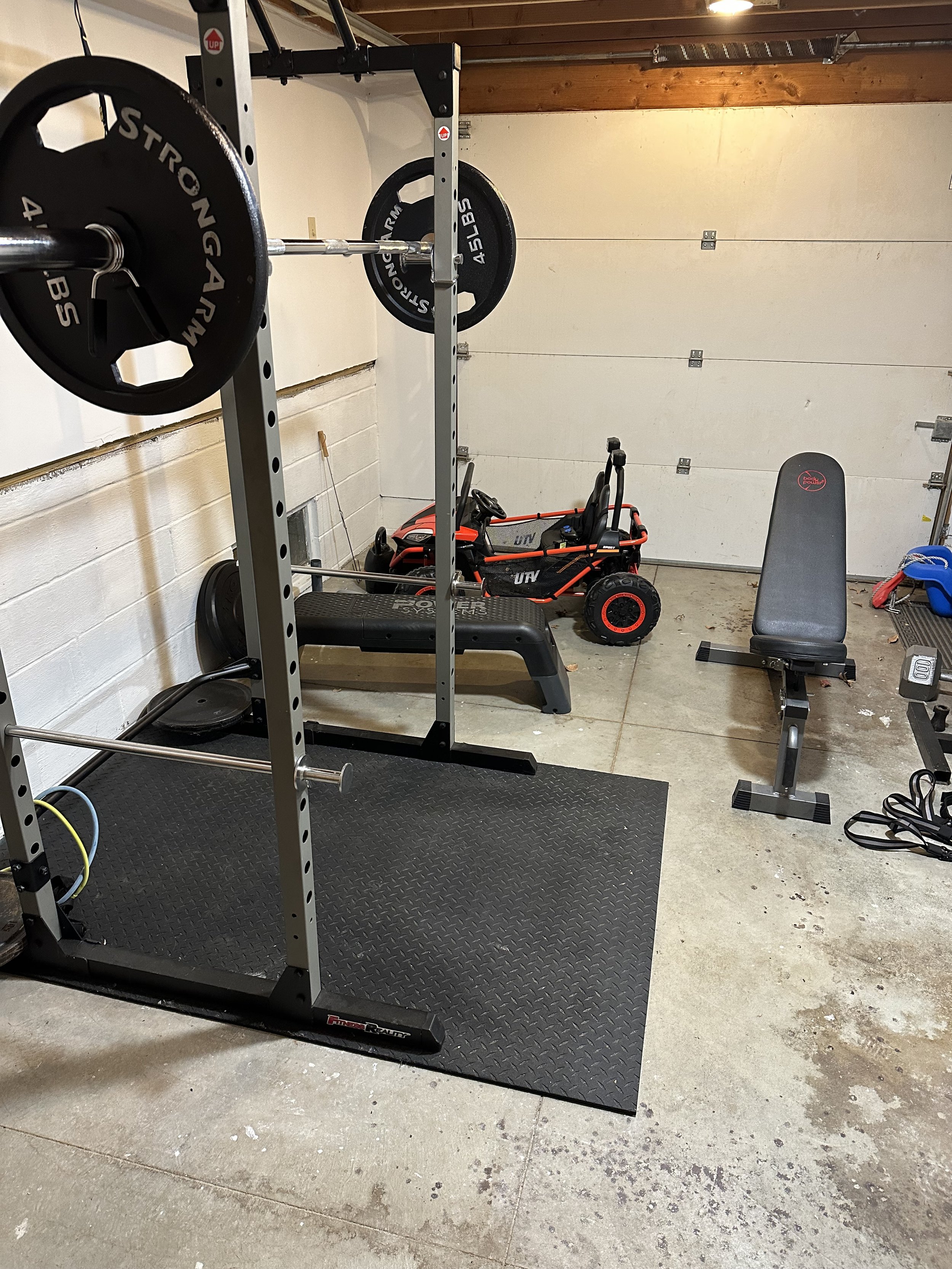Get the Glutes in Gear
In the world of sports and physical activity, one often hears about the importance of strong core muscles, stable joints, and well-conditioned cardiovascular systems. However, there's one powerhouse muscle group that tends to be overlooked but plays a pivotal role in virtually every movement we make – the gluteal muscles. From walking and running to jumping and lifting, the glutes, comprising the gluteus maximus, medius, and minimus, are instrumental in providing stability, power, and overall athletic performance. All too often patients will some in with lower back pain and it’s due to gluteal weakness and overusing the lower back muscle to compensate.
Make sure to keep proper form when working the glutes!
The Foundation of Movement:
The gluteal muscles are are the foundation of our body's movement. Think of them as the engine that drives our lower body, facilitating a range of activities such as walking, running, jumping, and changing direction. Whether you're an elite athlete or a weekend warrior, gluteal strength is essential for optimal performance and injury prevention.
Key Benefits of Strong glutes:
Enhanced Power and Speed:
The gluteus maximus, the largest muscle in the body, is responsible for hip extension – a key component of explosive movements like sprinting and jumping. Strong glutes generate more power and speed, allowing athletes to excel in activities that demand quick bursts of energy.
Improved Stability and Balance:
The gluteus medius and minimus play a crucial role in stabilizing the pelvis and maintaining balance during dynamic movements. Strong glutes contribute to better stability, reducing the risk of injuries, especially in activities that involve lateral movements or changes in direction.
Injury Prevention:
Weak glutes can lead to imbalances in the lower body, which may contribute to a variety of injuries such as knee pain, lower back pain, and IT band syndrome, which take over for stability when the glutes are weak. Strengthening the gluteal muscles helps to correct these imbalances, reducing the risk of overuse injuries and promoting overall joint health.
Improved Posture:
The glutes play a significant role in maintaining proper posture. Weak glutes can contribute to a forward-leaning posture, which may lead to strain on the lower back and increased stress on other joints. Strengthening the glutes helps to support the spine and promote a more upright and stable posture.
Make sure the glutes are activated can keep every day activities from hurting you.
Exercises to Boost Gluteal Strength:
Squats:
Squats target the gluteus maximus and are excellent for developing overall lower body strength.
Lunges:
Lunges engage the glutes while also challenging stability and balance.
Deadlifts:
Deadlifts work the entire posterior chain, including the glutes, promoting strength and power.
Hip Thrusts:
Hip thrusts isolate and activate the gluteus maximus, helping to build strength and improve hip extension.
Conclusion:
Whether you're a dedicated athlete or simply someone who enjoys an active lifestyle, prioritizing gluteal strength in your training regimen is essential for unlocking your full athletic potential. Strong glutes not only enhance performance but also contribute to injury prevention and overall well-being. So, the next time you hit the gym or lace up your running shoes, remember to give your glutes the attention they deserve – your body will thank you for it.
Stay save and keep moving!

